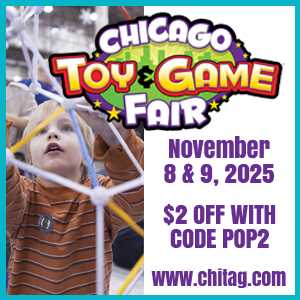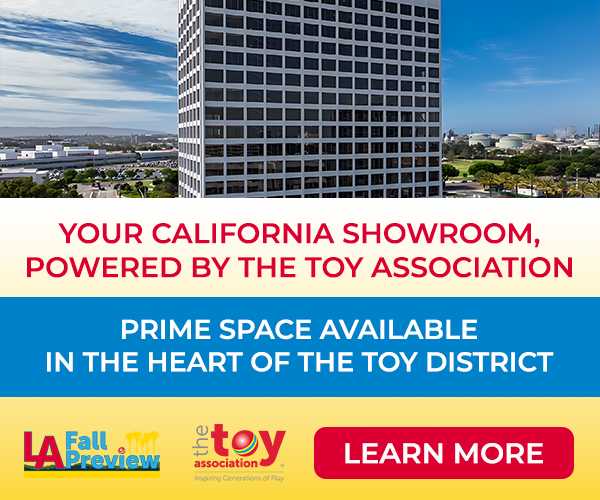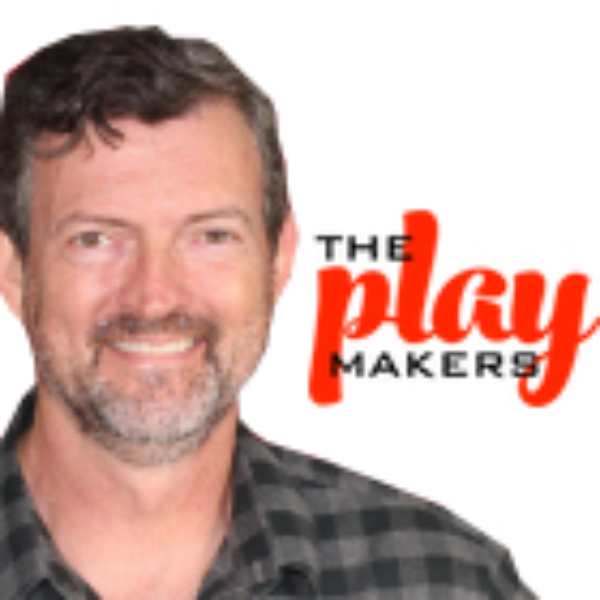Tips on Incorporating Inclusion, Diversity, and Accessibility in Toy Design
by Haley Anderson | 03 Jun 2021
Industry Commentary, Op-Ed
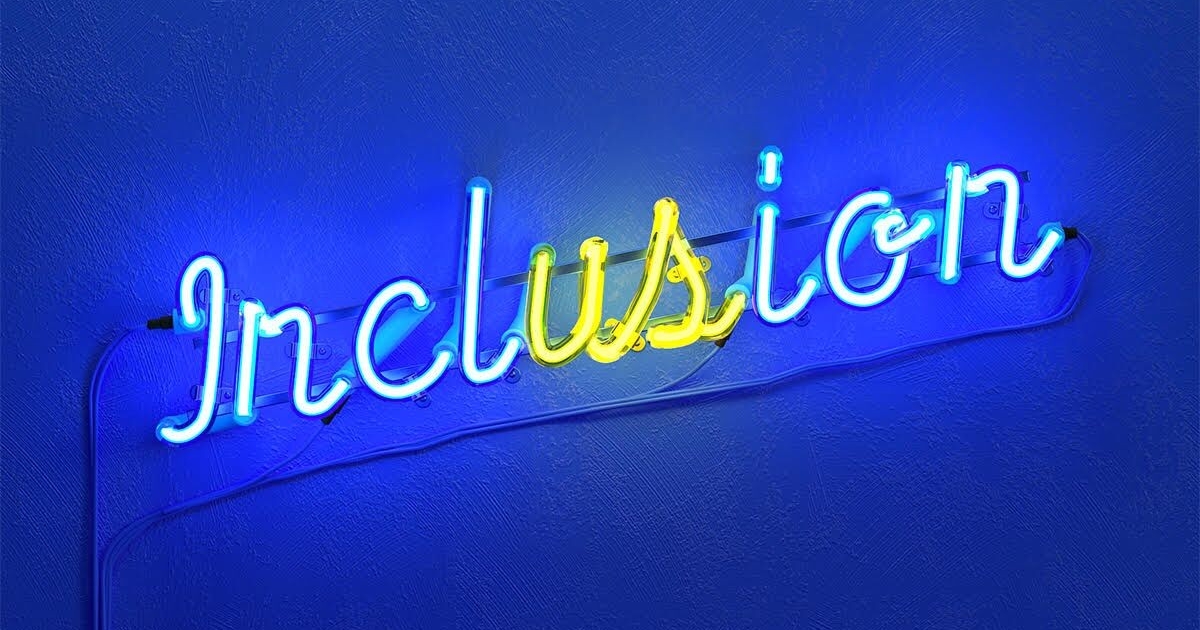
Hi! My name is Hayley Anderson, and I am a play advocate, toy enthusiast, and kid at heart. I currently work for Creative Fold, a design agency specializing in creating and developing toys and games. But my journey in the toy industry began long before joining the Creative Fold.
I’ve been playing since I was a kid, so I’m pretty much a play expert! In all seriousness, I’ve spent many years working in Chicago as a play therapist for kids with special needs facilitating therapeutic play sessions and evaluating toys and games for various toy companies. This experience really shaped my interactions with the world and my continued passion for PLAY.
I like to focus on fail-free play, the process of removing and breaking down any potential barriers so a child can fully access a toy or game. By creating fail-free play experiences for families, kids feel welcome, included, and most importantly, valued.
As a play therapist, I had to adapt off-the-shelf toys to meet the needs of the child, but wouldn’t it be nice if there were already products out there that were universally designed for children of all abilities?
As a toy designer, you can help with this. You can promote inclusion and make the FUN & JOY of toys, games, and all things play accessible!
When you’re starting to develop a new product, ask yourself these 7 questions.
- Is there more than one way to play?
Open-ended play ensures the child can play with the toy however they’d like. Remember, there’s no wrong way to play!
- Are there varying levels of difficulty?
Challenge levels offer flexibility in skill for the child to access. Customizing the play to match ability is more inclusive for all players.
- What is the goal of the toy/product?
Remove any unnecessary and unrelated elements that serve a limited purpose or could be distracting.
- What are the required environmental factors for play?
Knowing space requirements is important because it identifies any physical barriers that could inhibit play. Do you need a big table? Is it better played on the floor? Indoors or outdoors? Can you travel with it? Are you able to pack it up and store it? Modifying the environment can make play accessible for a child with a disability.
- Can the child relate to the product?
Familiar products can reach a diverse range of demographics, promoting inclusion. Representation matters! Having a product or packaging reflect the child either in race, ethnicity, gender, or other ways can encourage social-emotional development. They feel seen.
- How do you engage the product?
Knowing how to activate a toy is important because the skills it requires could be out of reach for a child with a disability. Which means they miss out on play!
- Have you considered all 5 senses?
Utilizing textures, contrasting colors, bold/big font, scents, and sounds allows children to engage for longer periods of time with the product and encourages exploration and discovery. A multi-sensory learning environment can enhance skill development.
Asking these questions can help reframe your perspective on how others access toys and play. Let’s build a more inclusive world, one toy at a time.
Recent Blogs
Recent Blogs

Biographies and Interviews
Catching up with Eric Olsen, The Inventor of Flip 7 and Co-Creator of Messy Table Games
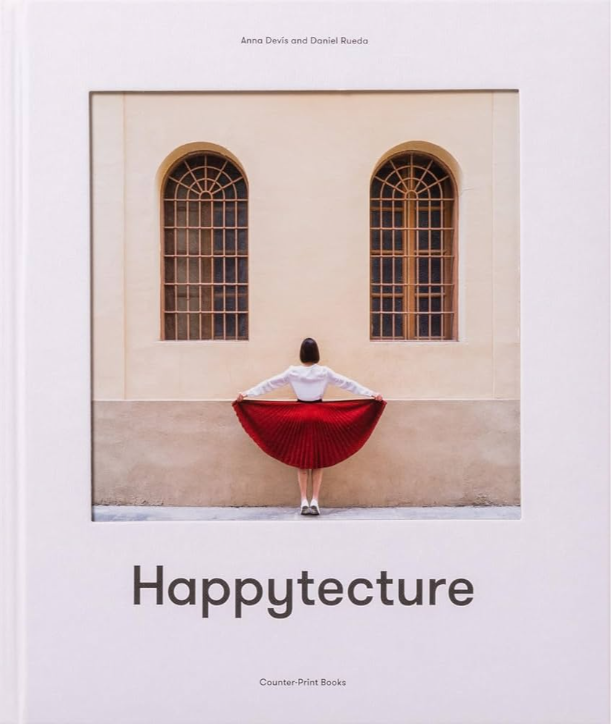
Reviews
Book Review: Happytecture by Anna Devís & Daniel Rueda
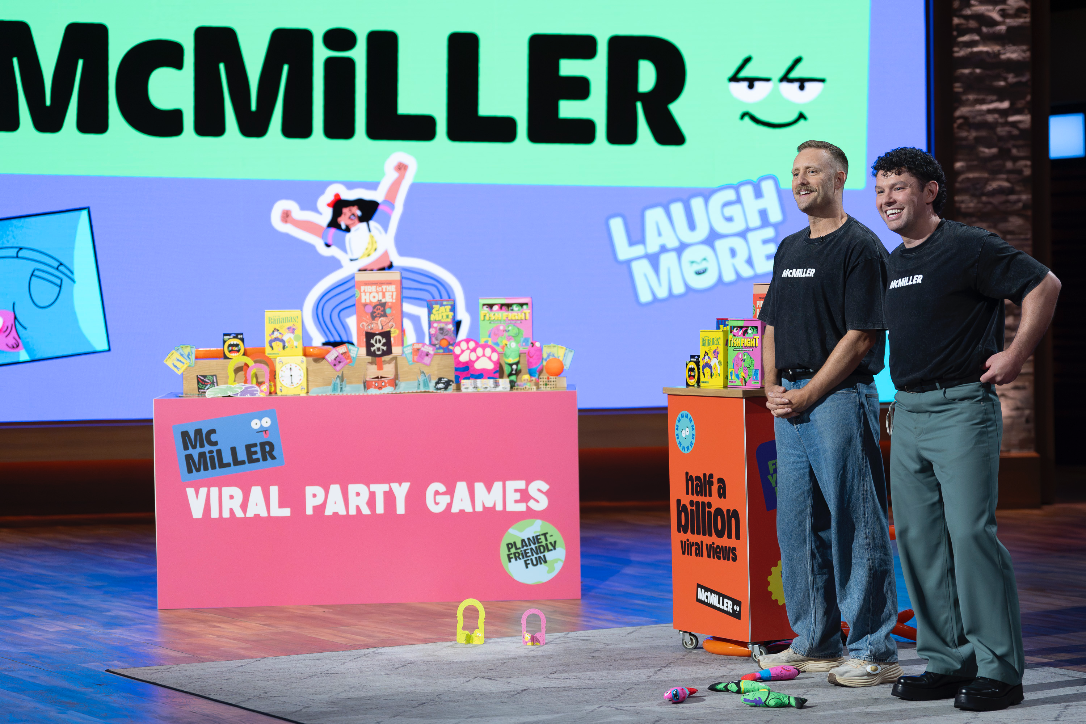
Biographies and Interviews
From Stage Lights to Game Nights: McMiller’s David & Julian on Shark Tank (Dec 10th), Viral Success & Building a Business With Your Husband
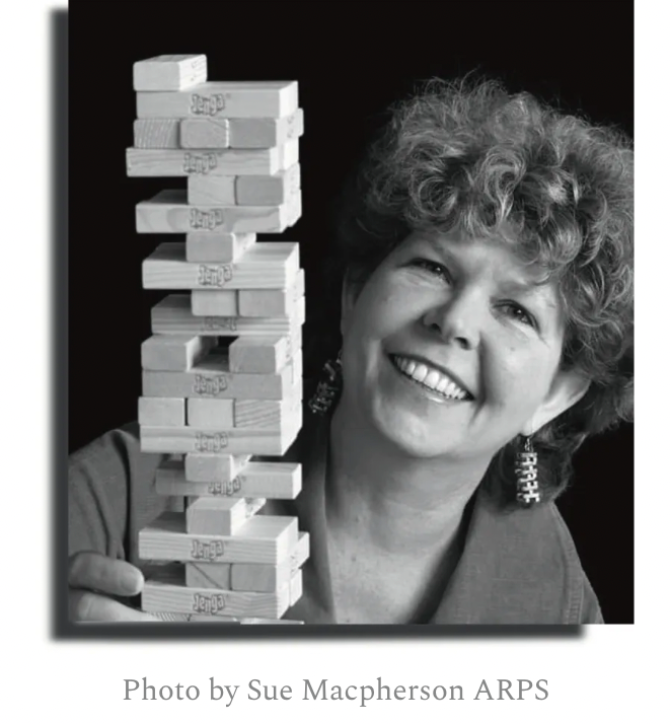
Press Release
Leslie Scott (creator of Jenga) announces the launch of BOUNDLESS PLAY
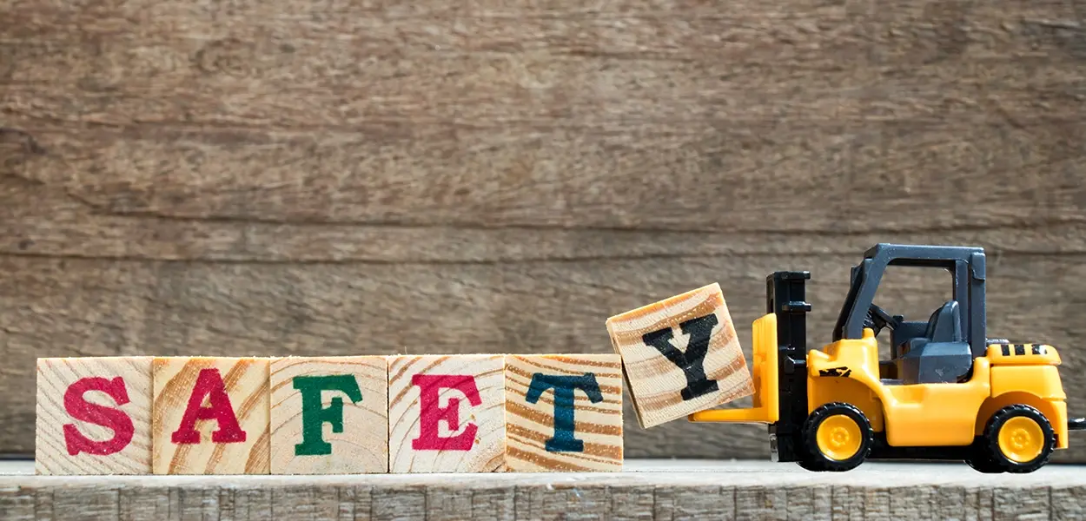
Press Release
New Study Highlights the Importance of Shopping from Trusted Toy Brands & Retailers this Cyber Monday
See more
Recent Wiki
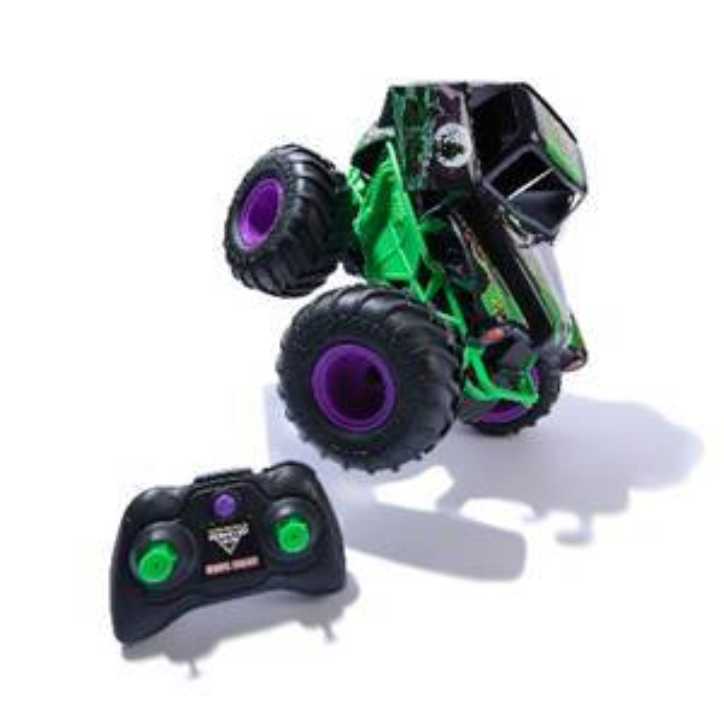
BOOK REVIEWS
Toy Review: Monster Jam Smash & Bash Grave Digger Monster Truck
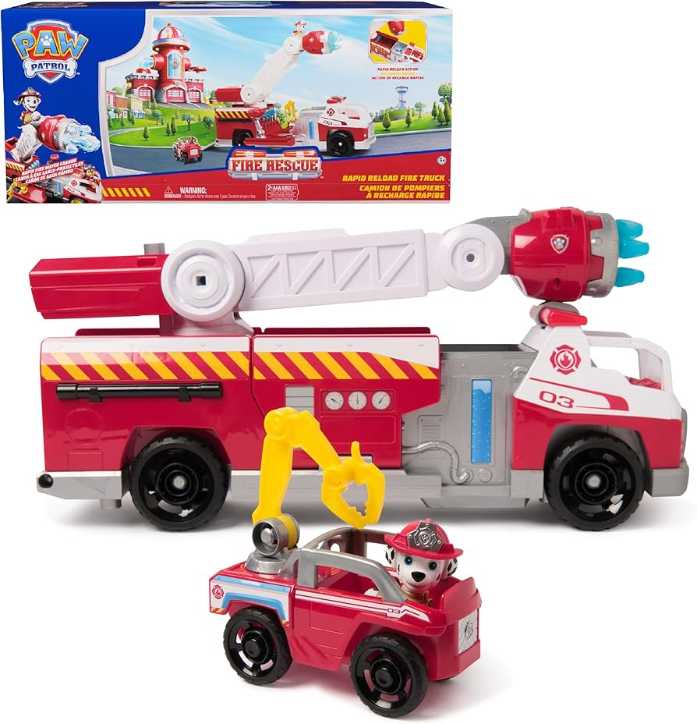
BOOK REVIEWS
Toy Review: Marshall's Rapid Rescue Fire Truck
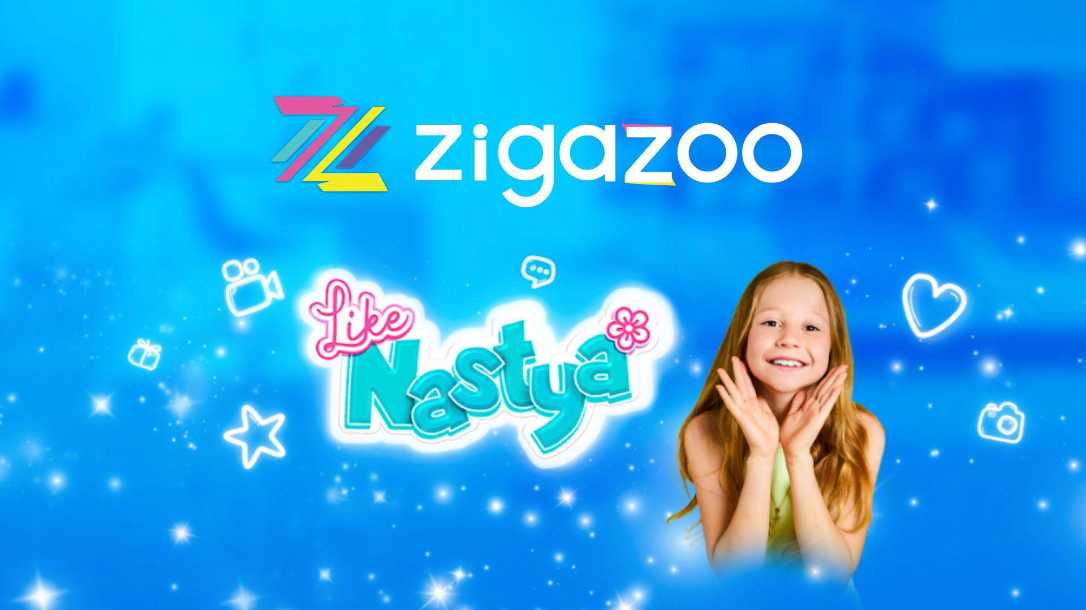
COMPANIES
Zigazoo Secures Partnership with YouTube Star Like Nastya to Inspire Millions of Kids
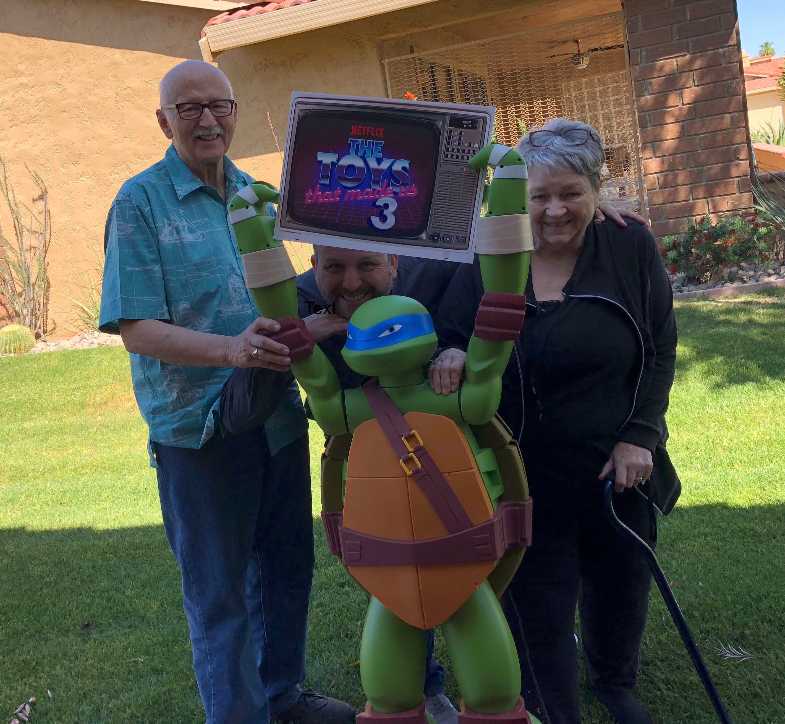
PEOPLE
A Legacy of Play: Inside the Carlson Family’s Multi-Generational Journey Through the Toy Industry

COMPANIES
Radio Flyer Studios Announces the Launch of its First Original Animated Series, Max & Maple: The Can-Do Kids
See more
POP's Got Talent

POP Entertainment
Randy Klimpert Shares his Ukulele Collection

POP Entertainment
Steve Casino Peanut Art

POP Entertainment
Everyone's Talking about POP!

POP Entertainment
Princess Etch - a Multi-Talented Etch A Sketch Artist

POP Entertainment
Joseph Herscher of Joseph' s Machines.
See more
Recent POPcast

Hidden Role: The Brains Behind your Favorite Games
Connie Vogelmann designed Apiary & Wyrmspan!

Hidden Role: The Brains Behind your Favorite Games
Bob Fuhrer... Is THE Crocodile Dentist!

Hidden Role: The Brains Behind your Favorite Games
Tom Dusenberry... Bought Atari, Wizards of the Coast, and Avalon Hill!

Hidden Role: The Brains Behind your Favorite Games
Matt Leacock created Pandemic... the game!

Hidden Role: The Brains Behind your Favorite Games
Scott Brown and Tim Swindle... are Launching a New Sport!
See more
POPDuos

POPDuos: Interviews with Legends and Leaders
POPDuo: Richard Dickson, Mattel’s President & COO, and Kedar Narayan, Young Inventor Challenge AMB

POPDuos: Interviews with Legends and Leaders
POPDuo: Will Shortz and Josh Wardle

POPDuos: Legends and Leaders Explore Creativity
POP Duo: Elan Lee, Co-Founder, Exploding Kittens.and Jeff Probst, Host and Exec Producer, Survivor

POPDuos: Legends and Leaders Explore Creativity
POP Duo: David Fuhrer, MNG Director, Blue Sq Innovations & Shawn Green, past Dodgers & Mets MLB Star

POPDuos: Legends and Leaders Explore Creativity
POP Duo: Bob Fuhrer, Founder, Nextoy and Tom Fazio, Golf Course Designer
See more
